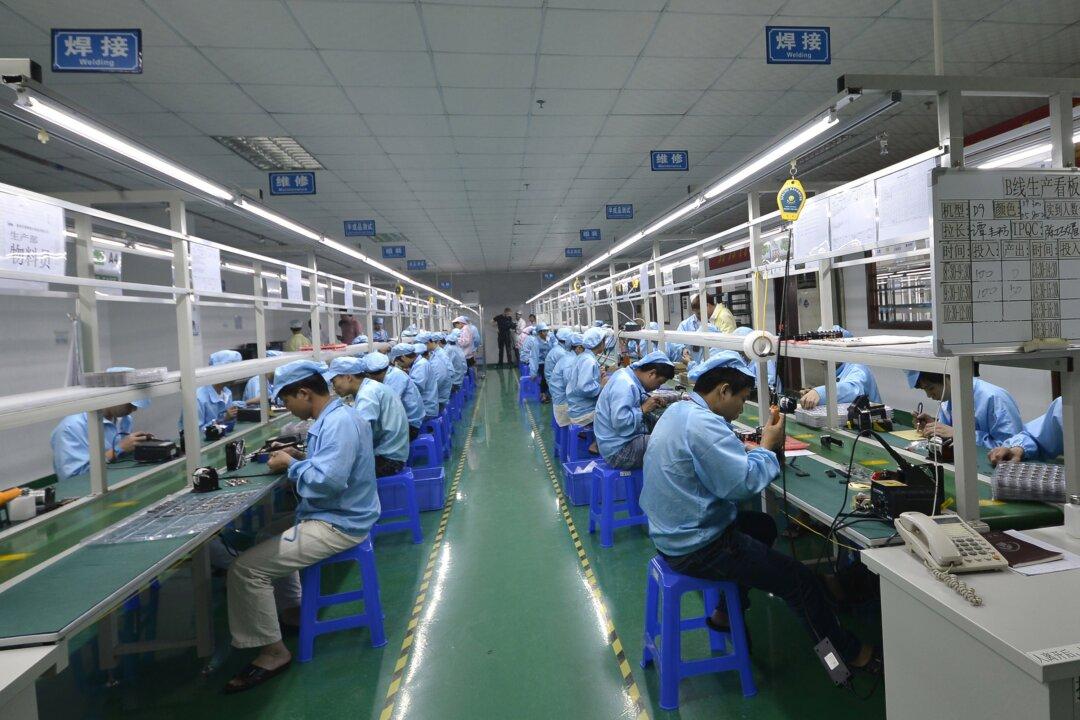Major Apple suppliers are shifting manufacturing capacity outside of China, with Vietnam and India being their top destinations, as firms struggle with supply disruptions and geopolitical tensions.
China-based GoerTek, which makes Apple’s AirPods, is investing $280 million in a new manufacturing plant in Vietnam while also considering other destinations, such as India. Since January, the company has been receiving many questions from clients as to when it'll be able to move out, GoerTek Deputy Chairman Kazuyoshi Yoshinaga said in an interview with Bloomberg.





